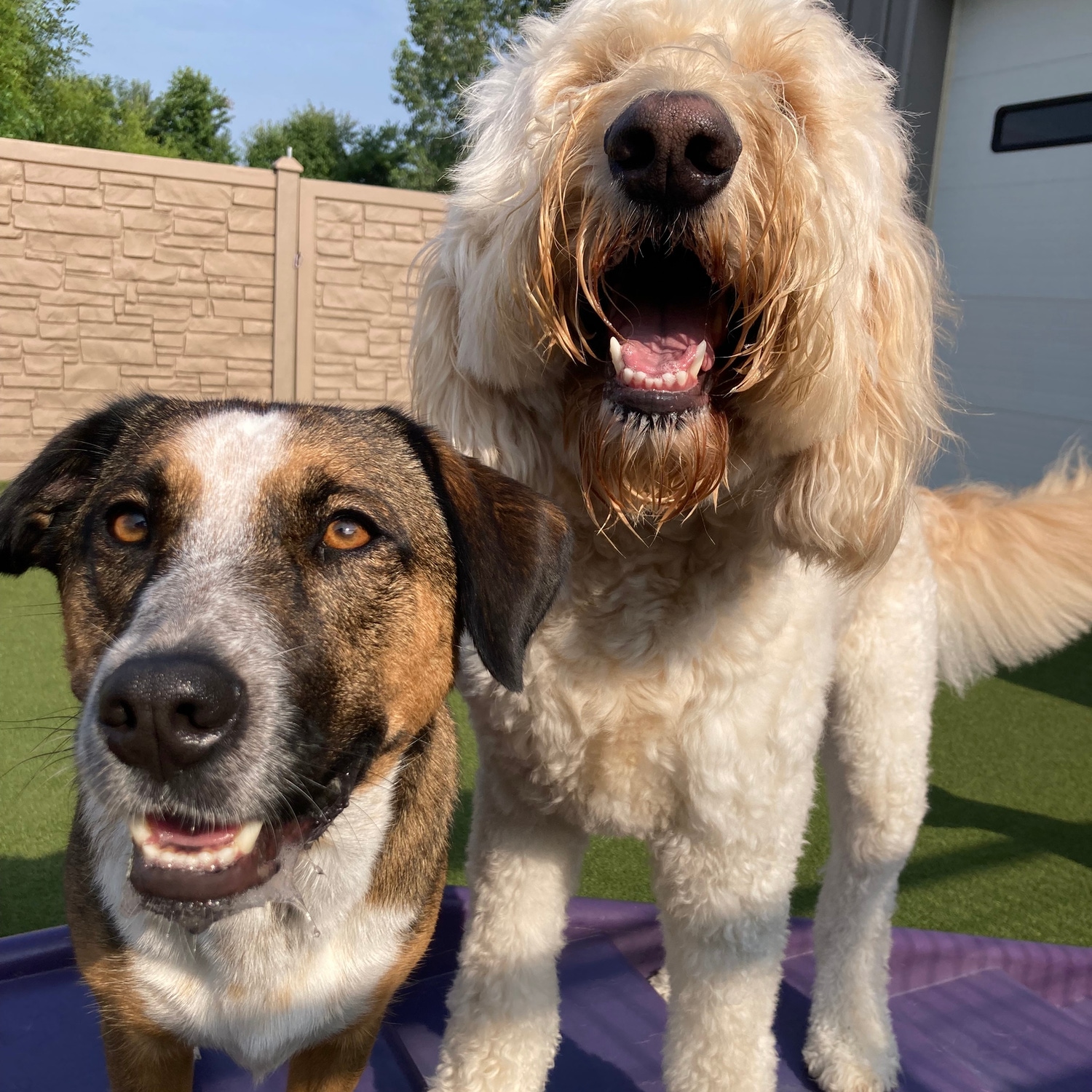
With winter weather approaching, it’s time to turn our attention once again to making sure our furry friends are set for the season.
Winterizing your dog is important to keep them happy and healthy and protected from the cold.
While de-icing sidewalks and driveways are common place in the winter, the ice melt wreaks havoc with your dog’s paw pads. Make sure to clean your dogs’ feet when coming in from the outside including between the toes. Keeping the paw pads clean and dry will help keep them from cracking or splitting. There is over-the-counter paw pad balm that can be purchased at most pet stores and rubbed into the bottoms of their feet to keep them nice and soft
Noses tend to dry out and crack in the winter. You can help keep your pup’s nose moist by rubbing a bit of coconut oil or even a small smear of Chapstick on their nose to keep it supple.
Going in and out of the cold tends to dry out the skin making it itchy or flaky. Limit bathing to avoid removing natural oils and further drying out the skin. When bathing, use lukewarm water and moisturizing shampoos in a warm room to ensure that your dog doesn’t become too cold. Continue brushing your pup in the wintertime with an appropriate brush type for their fur to help skin circulation and prevent matting.
If you have an older dog, you may notice the cold and damp weather of winter worsens the discomfort of arthritic joints. Make sure that their bedding is away from drafty windows and doors. Talk with your veterinarian about starting joint supplements or adjusting any pain medication
Dogs can get frostbite anywhere on their body but their ears, noses, and paw pads are especially vulnerable. How quickly frostbite sets in depends on the outside temperature as well as the size, breed, and condition of the dog. Obviously, a smaller dog with less fur is more susceptible than a larger breed dog. Signs of frostbite include pain or swelling of the affected tissue, discoloration where the tissue is bluish, white, or grey, or even blistered skin. If frostbite is suspected, gently warm the dog with warm blankets and talk to your vet for further instructions.
If your furry friend has short hair Invest in a dog sweater or jacket and some booties to help insulate them from the cold.
All dogs are vulnerable to hypothermia in the winter but several factors come into play that affect the severity of the hypothermia. Obviously, the outdoor temperature plays a role as does the wind chill factor. The longer the exposure to the cold, the greater the risk of hypothermia. Other factors include the size of the dog. Smaller, thinner dogs, senior dogs or dogs that are ill are more susceptible to the cold. Wet dogs are also at a higher risk of hypothermia so always towel dry a wet dog in the winter.


